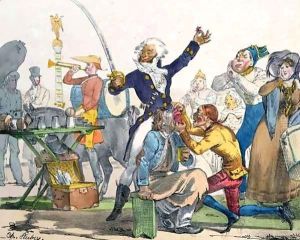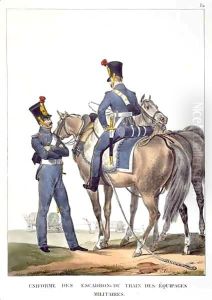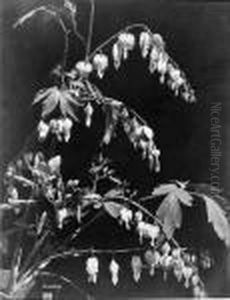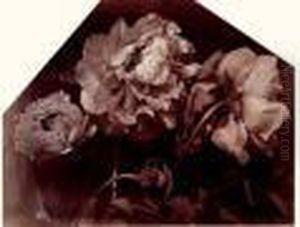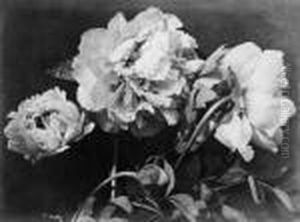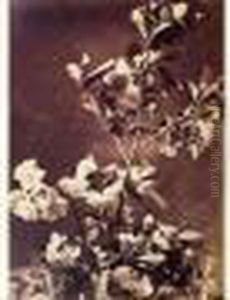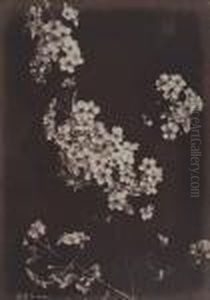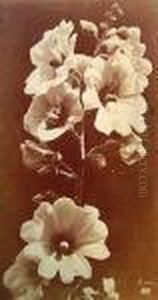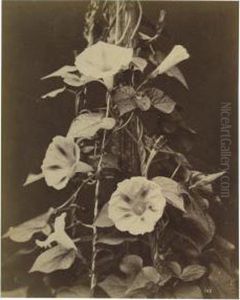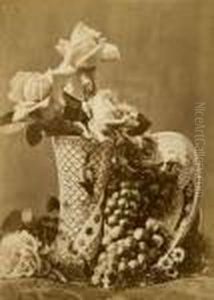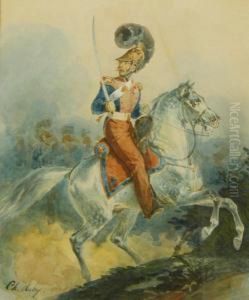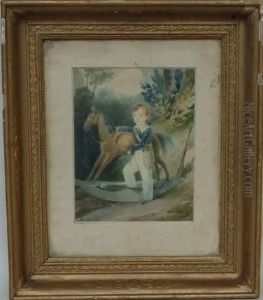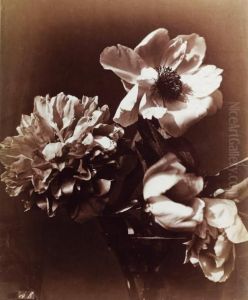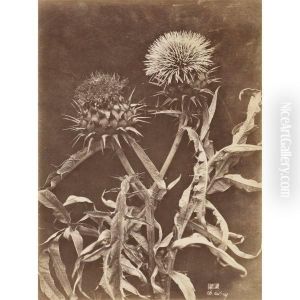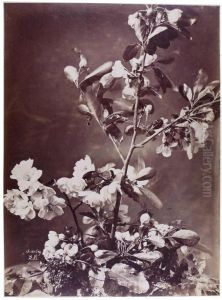Charles Aubry Paintings
Charles Aubry was a French photographer and artist, best known for his still-life images and his work in the field of photogrammetry. Born in 1830, Aubry lived during a period of rapid development in photographic technology and aesthetic refinement in the arts.
Aubry began his career as a wallpaper designer, which influenced his later work in photography with a strong sense of composition and a keen eye for patterns and textures. He turned to photography in the 1860s, using the collodion wet plate process, which was the leading photographic method of the time. This process involved coating a glass plate with a light-sensitive silver salt solution, exposing it in the camera, and developing the image while the plate was still wet.
His photographs, particularly his series of plant studies, showcase a remarkable level of detail and sharpness, reflecting his desire to record the natural world with scientific accuracy as well as his aesthetic sensibilities. Aubry's work often features carefully arranged compositions of flowers, fruits, and vegetables, which are sometimes compared to the paintings of the old masters due to their elegance and classical beauty.
Aubry's contributions to the field of photogrammetry—a technique used in mapping and surveying to measure distances—are also noteworthy. He was one of the early adopters of this technique, understanding the potential of photography beyond its artistic applications.
Despite his talent and the quality of his work, Charles Aubry did not gain widespread recognition during his lifetime. It was not until the late 20th century that his photographs received greater attention, as historians and collectors began to appreciate the technical skill and artistic vision evident in his still-life compositions. Aubry passed away in 1906, leaving behind a body of work that continues to inspire photographers and artists interested in the intersection of art and science.
